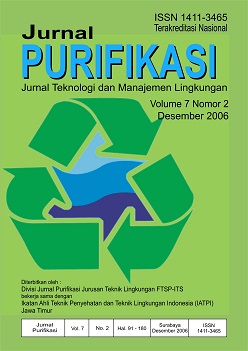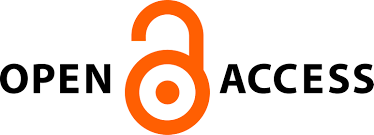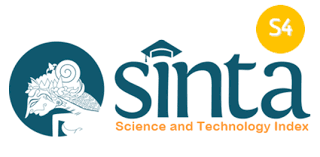MODIFIKASI MODEL RENKO UNTUK MEMPREDIKSI POLA PENGENDAPAN LUMPUR AKTIF DI SEDIMENTASI KEDUA
Main Article Content
Abstract
The aim of this research is to gain the best activated sludge settling models in the final sedimentation. This is important for describing settling behavior of tropical Indonesian sludge. Sample sludge for this research was derived from the textile wastewater treatment. Experimental data were collected from batch settling test with 1000 ml cylinder glass. The test record complete batch sludge settling curves with initial concentration of about 4000 mg/L. To set up an experiment at lower sludge concentration, part of the sludge in the device was subsequently replaced by supernatant and a new settling curve was recorded. This procedure repeated until ten settling curves were recorded. The storage and settling experiments were performed at room temperature. In order to build appropriate models structure, all experimental settling data was converted. This experiment used the basic formulation models proposed by Renko, which identified settling of the sludge blanket interface as a function of time. This model described the relationship between settling sludge blanket interface and sludge concentration and settling time. Results of this research showed that these parameters were of α:0,0039; β:-0,3345; C:0,00028. The curves revealed that the models could follow the behavior of settling sludge. It proved with minimal MSE of 0,008. This value meant that the models had a high validity in explaining the experimental behavior. These results certainly beneficial for improving the wastewater treatment system for predicting sludge settling behavior in the secondary sedimentation process.
Downloads
Article Details
Submission of a manuscript to Jurnal Purifikasi means that the work has never been published in another journal and is not under consideration for publication elsewhere. The author hereby agrees to submit the copyright of the manuscript and its contents to Jurnal Purifikasi, if accepted for publication. Accepted manuscripts will be published in printed form where the ISSN is bound in printed form, not in online form (pdf). Authors are not allowed to publish their work in other forms (journals) without permission from the Jurnal Purifikasi manager.
By submitting a manuscript, the author is deemed to know all the rights and obligations attached to each manuscript.








